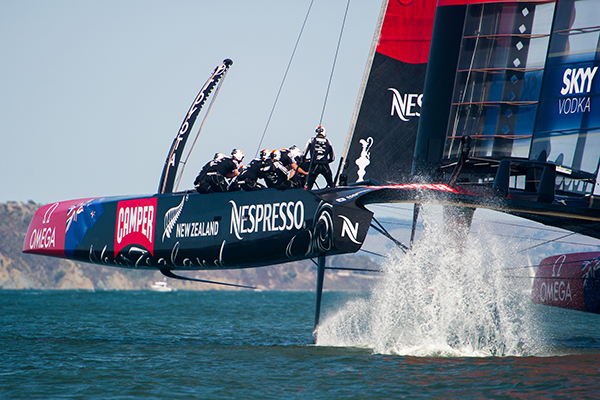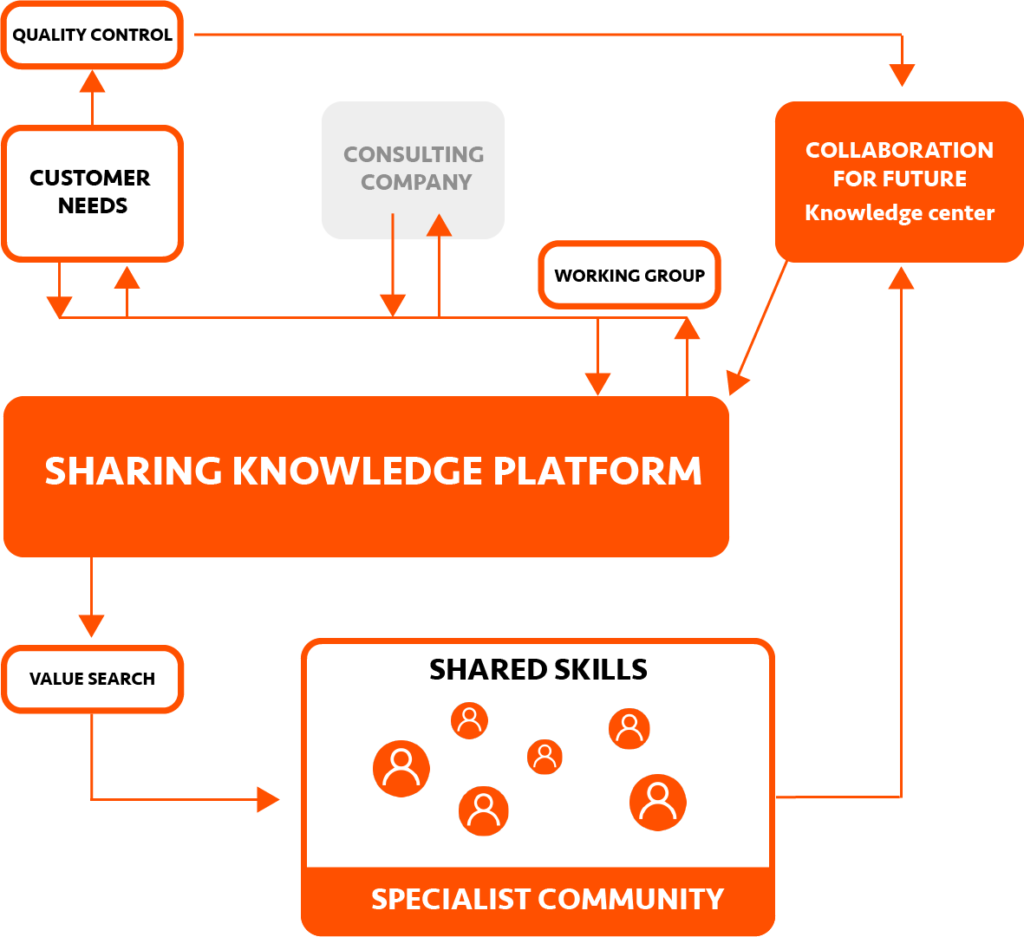Value Search Strategy
Methodology
The spectacular evolutions of America’s Cup boats have little in common with our traditional conception of sailing.
And yet, in a “poor” context (calm sea and wind between 14 and 18 knots), high technology and organized crews are able to push 7.5-ton boats to speeds of 97 km/h. Regatta times have been pulverized: from one and a half hours to half an hour compared to those of previous boats.
It is difficult for traditional boats, even with motors, to try to reach them.
Similarly, to achieve increasingly challenging business goals, a new methodology is needed that can combine in a complex way highly selected crews, pulverizing times and budgets that in a traditional context would be insufficient.

Value Search Strategy is an agile and powerful tool, designed primarily to navigate complexity and uncertainty. Our stated goal is to facilitate the transformation processes of companies, making the work of the teams involved easier.
To navigate unknown contexts, it is necessary to introduce elements of innovation.
Unlike traditional approaches, the Value Search Strategy methodology includes:
- the use of a competency research structure directly aligned with the project team
- The presence of a Study Center and several Specialist Communities
- the possibility of using a shared Digital Platform among all the participants in the work team, which facilitates the development of ideas and solutions and completes the set of tools available.
The research structure aims to identify and make available the required skills and, above all, to share them with the work team.
The Study Center and the Communities, with different roles and methods, preside over the phases of identification, elaboration, and transfer of skills and know-how, with the aim of making them usable.
Finally, the Digital Platform optimizes communication between the project team, the Study Center, and the research structure, providing virtual assistants and features designed to make the daily work of participants more efficient and productive.
Whatever the problem to be faced, the objective will always be to find, identify, and make available significant know-how and experience in order to immediately direct the projects in the right direction and navigate the uncertainties. In this way, it is possible to rely on already experimented solutions, avoiding already known errors, with one more objective: to improve, personalize, and make the know-how acquired throughout the duration of the project one’s own.
Let’s imagine that we have to complete an innovative project in a hitherto unknown field. Our first problem will be to evaluate where to recover the required skills and how to make the best use of them within our company.
The diagram in Fig. 1 approaches this problem from a traditional point of view: the work group requests generic skills and know-how from a third party on the basis of extremely detailed and binding contracts.
Using Value Search Strategy, as illustrated in Fig. 2, we would be able to obtain highly contextualized skills, with collaboration regulated by flexible and customer-oriented contracts.
Even at first glance, it is clear that the diagram in Fig. 2 is more complex, with much broader horizons of use and a much greater capacity for in-depth analysis.
Moreover, since it can operate simultaneously in different sectors and can reach higher levels of specialization, the second solution is able to bring unconventional results and can be used in shorter times.
In this second diagram, the starting point is the needs of the client and, consequently, those of the work group, regardless of its composition or the presence of external consulting firms.
During its activity, the work group may need to resort to external resources, skills, or elaborations to strengthen the work team. These resources will most likely not all be needed at the same time, or for long periods of time, and will not all be focused on the same topic.
When needed, requests will be passed through the operating platform, in a reserved Project Room, where all participants in the work group will be permanently hosted for the entire duration of the project. Within the Project Room, it will be possible to meet virtually both the members of the Knowledge Center and those of the research structure, and all will be able to access and revise the results of the elaborations and requests, in order to improve and refine them further.
The sequence of research, study, elaboration, discussion, and improvement can thus be activated repeatedly whenever needed, whatever the topic to be explored. he object of the research and elaborations may change from time to time according to the phases of the process and may change in form and substance. The resources needed may also have to be different each time. But the working methodology will always remain the same and can be used at any time and for any situation.
The client always remains at the center of the whole process: therefore, there are numerous moments of verification of the alignment of the planned objectives with those that may have arisen from the research and completed activities.



